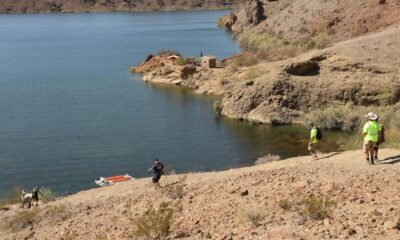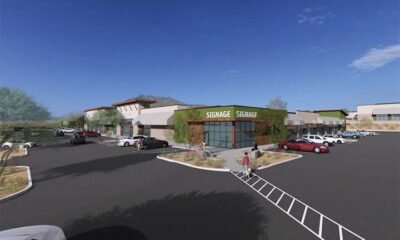common sense institute
Research Unveils Predictable Decline in Arizona’s Public School Enrollment

In a recent analysis by the Common Sense Institute (CSI) of Arizona, a notable decline in student enrollment in both the Empowerment Scholarship Account (ESA) program and traditional public schools has been identified. The report attributes this trend not to a singular cause, but to demographic shifts and evolving parental preferences.
The CSI’s press release emphasizes, “Headlines about declining enrollment and the subsequent financial struggles this creates in Arizona’s public schools have caught the state’s attention. However, CSI’s data shows this shift was inevitable, driven by dramatic demographic changes and a shift in enrollment preferences during the pandemic.”
Key findings indicate that Arizona’s school-age population peaked in 2021, with projections suggesting a decrease of approximately 40,000 students by 2028. This poses significant challenges for an educational system traditionally reliant on a growing student body.
Moreover, CSI highlighted that the 2012 kindergarten cohort, the largest in state history, is nearing graduation. Future K-12 enrollment is not anticipated to rebound in the coming years.
While the COVID-19 pandemic led to a loss of 50,000 students in Arizona Public Schools during 2020-2021, only 18,000 transitioned to charter schools. The whereabouts of the remaining 32,000 students remain unclear, potentially reflecting increased homeschooling, relocations out of state, or shifts to private schools. Notably, private school enrollment rose by 33%, and the percentage of homeschooled students surged from 2% to 11%, before stabilizing at 6% today.
Glenn Farley, Director of Policy and Research at CSI Arizona, emphasized the need for policy adjustments. “Arizona’s classrooms are entering a new era. The numbers have been clear for years: the system built for growth has reached its peak. Moving forward, policymakers must adapt to a smaller, more diverse student population and rethink how we allocate resources,” he stated.
The financial implications of this decline are significant. Since 2020, reduced public school enrollment has led to an estimated annual loss of $450 million in funding formula costs, a stark contrast to pre-pandemic trends. The universal ESA program has since aimed to reintegrate these ‘missing kids’ back into the public K-12 system, thereby redistributing prior savings into education.
Although the ESA has faced considerable scrutiny in the state legislature, CSI notes that it has reached a “steady state.” Future growth appears to be tied more closely to parental choice than to any revival in the program’s previous expansion.
In conclusion, demographic trends suggest a continuing decrease in school-aged children and overall enrollment in Arizona’s public K-12 education options over the next decade. The changes in parental enrollment behavior during the pandemic, rather than the ESA itself, are primarily driving this transformation in Arizona’s educational landscape.
Governor Katie Hobbs has consistently criticized the ESA, framing it as a program marked by “waste, fraud and abuse” that burdens the state budget while advocating for its repeal.
Matthew Holloway is a senior reporter for AZ Free News. Follow him on X for his latest stories, or email tips to Matthew@azfreenews.com.


















